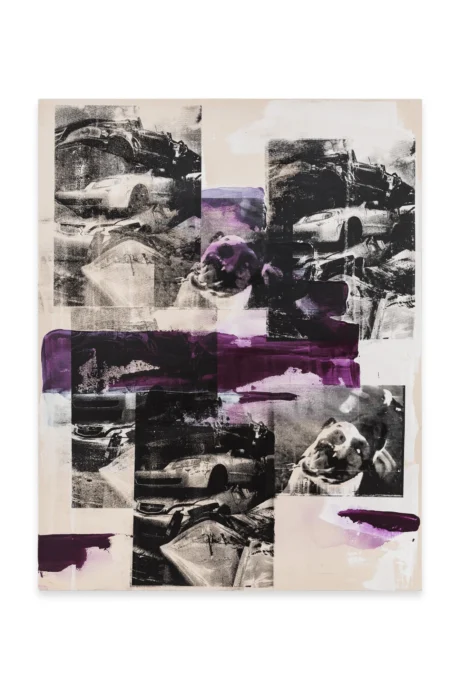
Aria Dean’s first UK (institutional) solo at the ICA invites viewers to inhabit a mini death-world haunted by the ghostly residues of liquidated life.
Presented in the main gallery, Dean’s film installation Abattoir, U.S.A.! stages a journey through the interior of a vacant slaughterhouse. Animated using Unreal Engine and rendered in first-person perspective, the film has a ‘game-like’ quality, but the framing tactics promote a cool, surveying gaze that disrupts any straightforward positioning or identification with the implied subject of the film. As I go through what is commonly referred to as the ‘kill chute’ of the slaughterhouse, I feel as much or no more than the camera does. Who or what am I? The question is significant but not as interesting (for me, anyway) as that other problem raised by the work.
The pronounced absence of fleshy bodies, dead or alive, in the film communicates both a refusal, on Dean’s part, to add to a growing archive of images of spectacular violence, and a predilection—and this is what interests me—for thinking with and through structure(s). Abattoir, U.S.A.! maps a structure that is at once material, affective, and heterotopic (in both the architectural and Foucauldian senses of the term).
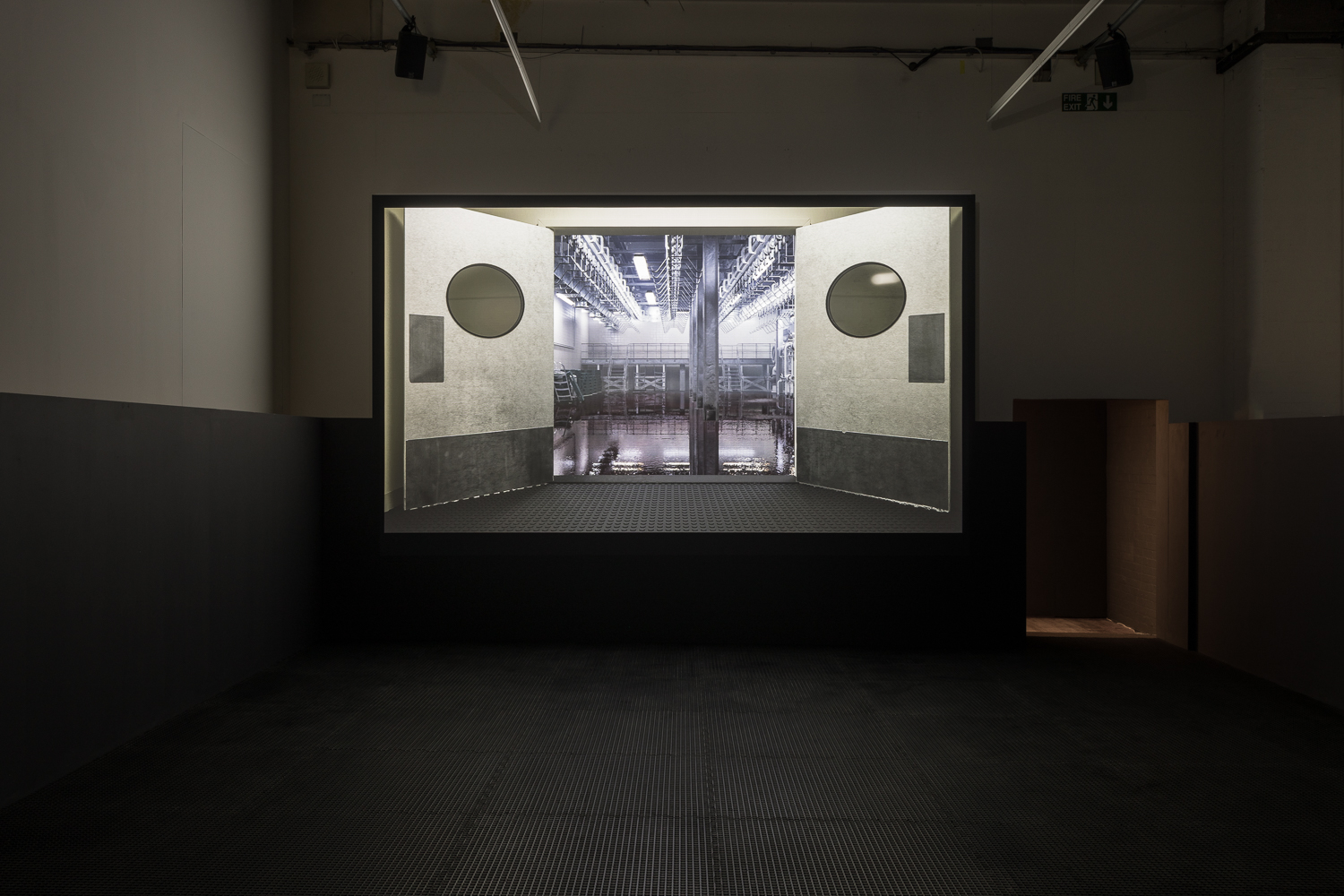
In its historical emergence in early nineteenth century France, the public slaughterhouse, “invisible but not secret,” addresses concerns regarding the health of both body and soul: its institution registers both a demand for public hygiene and a desire to avoid a “collective cultural guilt,” to borrow the words of sociologist Amy J. Fitzgerald. The slaughterhouse, then, is a clean death machine, the modernist solution to industrial killing, and, at the same time, an ideological-discursive site—a structure “designed and sited to reduce contemplation and questioning” of the horror it contains. As Dean herself notes in the small glossary of terms accompanying the exhibition, “by the Napoleonic era,” this requirement that the slaughterhouse does not draw attention to itself “was written into law (the abattoir shall be ‘completely removed’ from all ambitions to Architecture and ornamentation).” A conglomerate of design elements spanning the 19th, 20th, and 21st centuries, Dean’s slaughterhouse, too, is generic or nondescript. Real but not actual, it does not (re)present an existing structure or place, but a virtual model of and for the architecture of industrialised death.
How we decode this fiction is up to us, but the emphasis on structure does suggest, or at least enable, a reading of the film as belonging to the genre of necropolitical horror. Indebted to the thought of Georges Bataille and Achille Mbembe, Abattoir, U.S.A.! and the slaughterhouse more broadly, indeed, seem to be the site where Dean’s interests in philosophy and (gothic) horror converge in her work. It is also where the horror of a hegemonic system of thought (i.e., Colonial Reason) becomes illuminated. The slaughterhouse, as Dean writes, is “a site where necropower”—the power, as defined by Mbembe, to administer death—“is exercised at a seemingly mundane, rote scale – against animals, in order to define the contours of the human.” More than a metaphor, it is “a ‘reality-generating’ principle.” While Dean does not dwell on the leap from the animal and its slaughter to necropolitical treatments of human populations and “the whole Blackness thing” here, her analysis of base materialism in “Black Bataille” (2021) points to the operation by which these modes of being and limit conditions are set in interrelation in early Enlightenment thought, and come to form part of modernity’s deadly racial continuum. What links the two together is the idea, precisely, of base matter as “foreign to ideal human aspirations.”

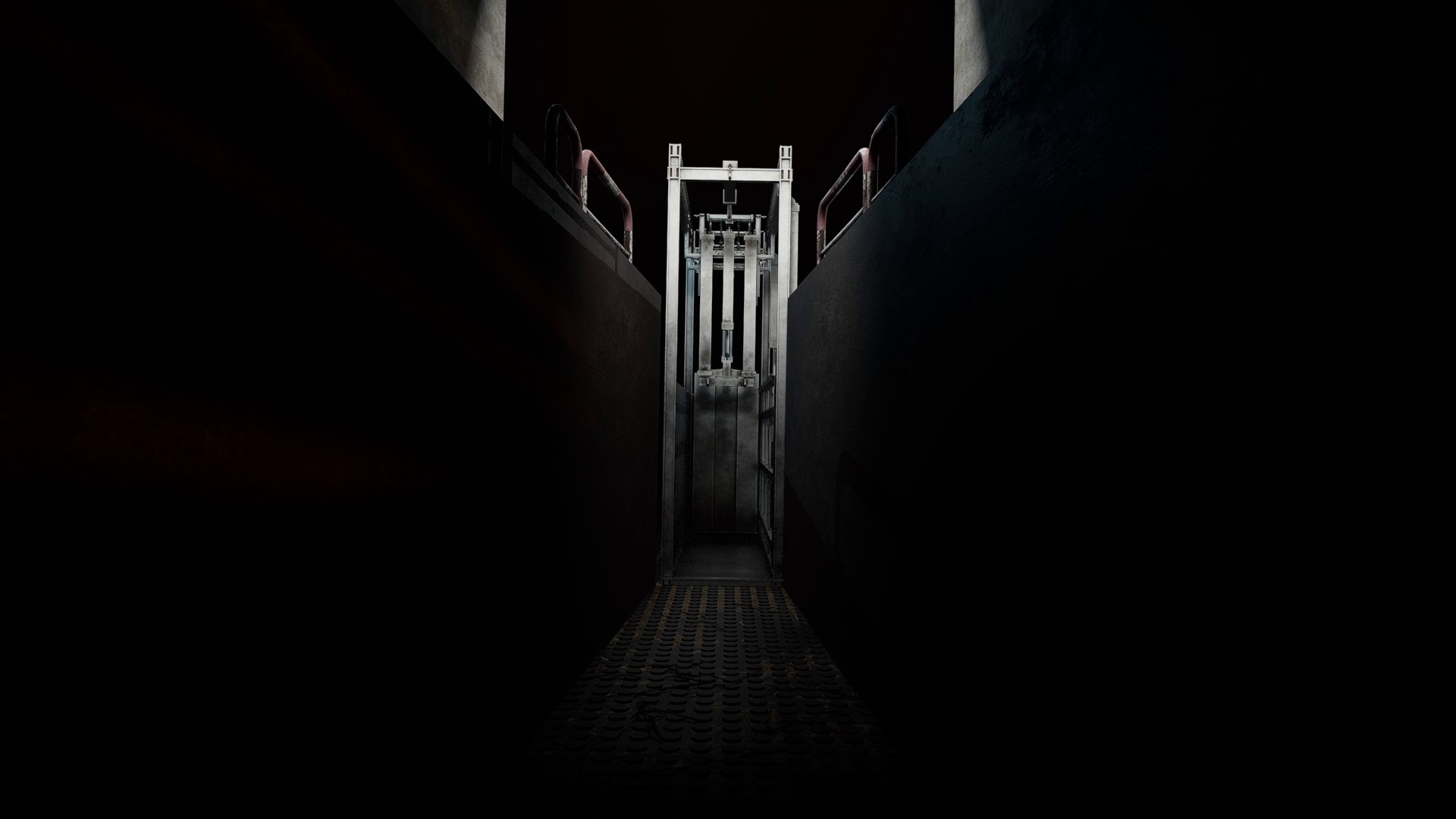
One of the things we learn from reading Surya Parekh’s recently published book Black Enlightenment (2023), for instance, is that Immanuel Kant did not just “uncritically assume that the particularity of European existence is the empirical as well as ideal model of humanity, of universal humanity” as Emmanuel Chukwudi Eze would note already in 1997, but actively advanced a racial dialectic premised on the (metaphysically unfounded) notion of black inferiority, or the supposedly ontological impossibility of black freedom. Situated at the threshold of the human, racial flesh emerges as the raw material upon which Eurocentric humanism must draw in order to define its own limits, to uphold whiteness. The contemporary forms of subjection that Mbembe analyses under the rubric of ‘necropolitics’ (whereby some of us are reduced to the status of “living dead”) rest on an experimentation with race as the mechanism, precisely, “from which difference and a surplus — a kind of life that can be wasted and spent without limit — are produced,” as Mbembe writes. Beginning from here, we have to at least entertain the thought that animality and non-human animal abjection do not precede the dispossession of blackness, but are byproducts of the moment or movement of racialisation.
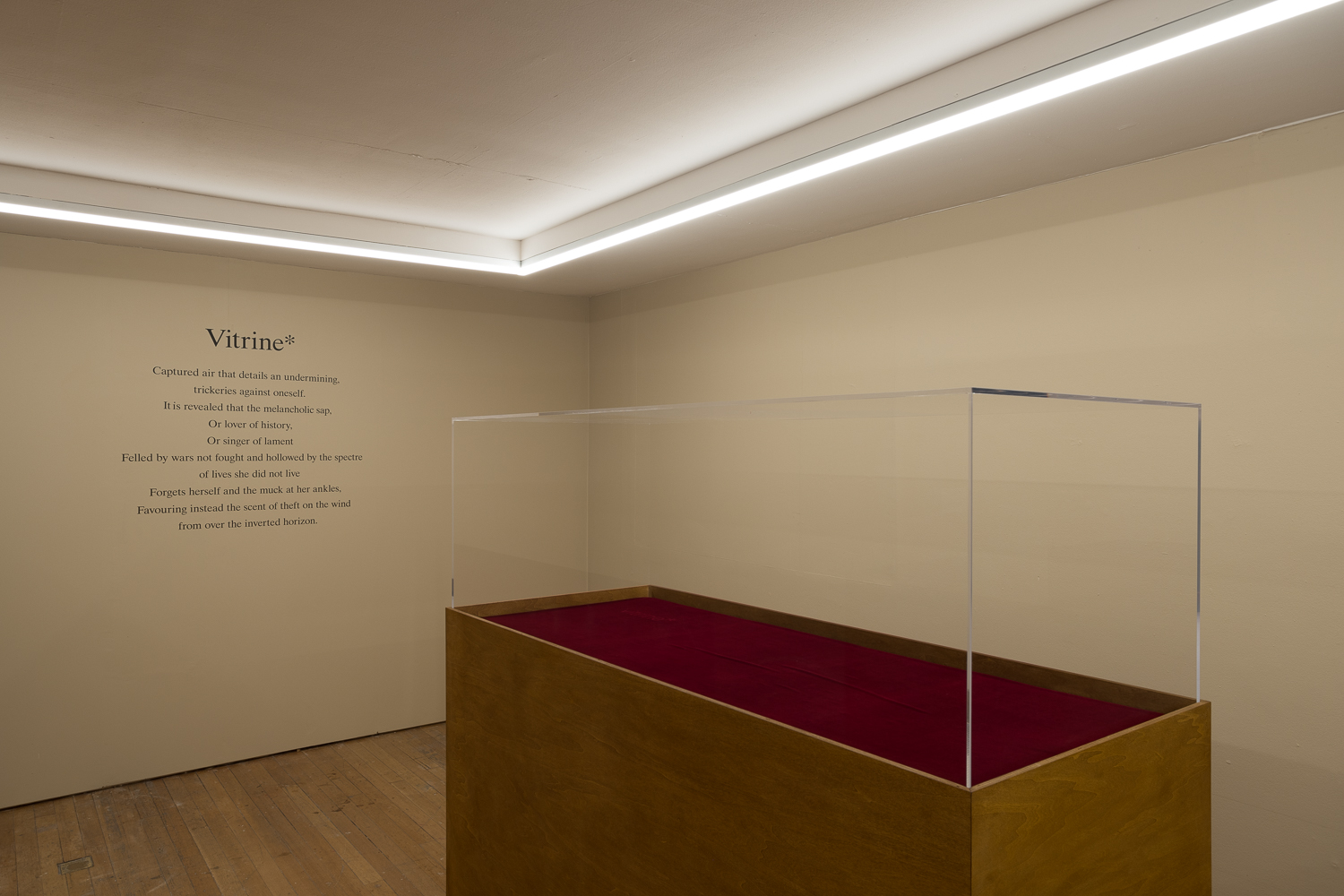
To come back to Dean, in its first iteration and original context (one preserved by the work’s title), Abattoir, U.S.A.! spoke to the ways in which anti-black violence, systemic and systematic, continues to function as an organising principle of social formation in a desegregated and allegedly “post-racial” US. As it travels over to the UK, and considered in relation to the unfolding crisis in the Middle East, the work opens up a critical space where we can begin to think white supremacist violence beyond its familiar expressions—to think the continuity, that is, between forms of dispossession (the slaughterhouse and the prison, the refugee camp, but also homelessness) and historically specific forms of violence (colonialism, fascism, and neoliberal capitalism) that neoliberalism itself insists on presenting as, precisely, discontinuous. Still, a more capacious analytic is needed to hold these violences—symbiotically intertwined but not collapsable onto one another- together.
And so, I suggest we read Abattoir, U.S.A.! through the (counter)thesis offered by Dylan Rodríguez in his 2015 essay “Inhabiting the Impasse” (and which everyone should be reading right now): “that racial and racialcolonial power, in their long historical present tense, are constituted by a logic of evisceration to which differently racialised peoples are subjected in varying degrees of relative force and permanence.” Evisceration, whose root meaning, Rodríguez reminds us, stems from the Latin term for “disembowel,” directs attention to the comprehensive character of racial and racial-colonial violence—to how its different forms “may exert drastic psychological consequences (depression, suicide, paranoia, cancer) even in the absence of physical brutality,” that is to say, in excess of beyond physical-biological destruction or death. What makes this notion of a logic of evisceration particularly useful to think with in this moment is the way in which it reframes instances of extreme racial horror as non-exceptional, as the logical continuation of the many “violences, exterminations, and fatalities encompassed by the long preceding, long following processes of global racial ordering and modern civilisation as such” and which genocide, as a modern conceptual and jurisprudential formulation, “cannot fully engage.”
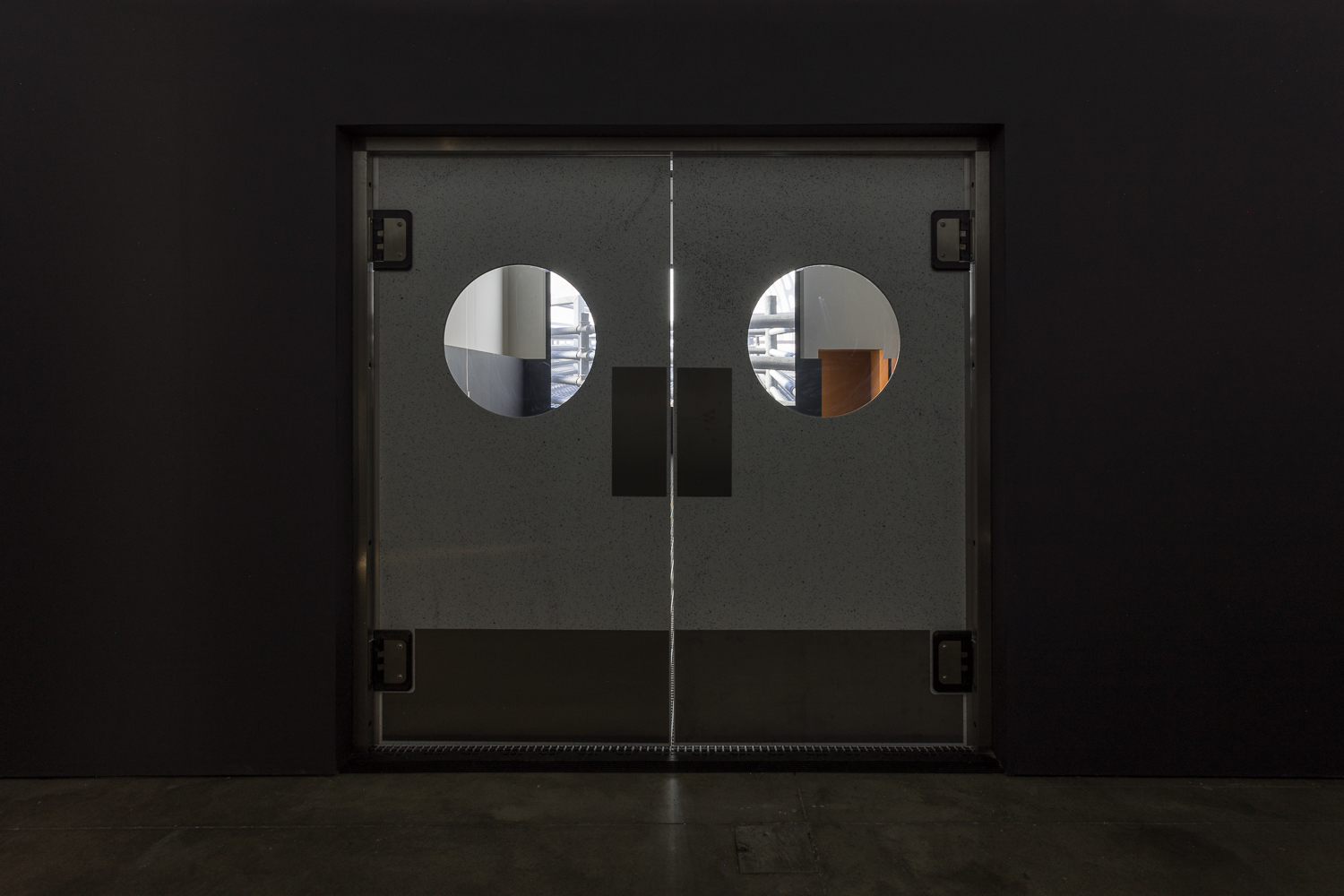
In labouring to hold these types of violences together, evisceration also challenges the blockage—“a difficulty in speaking, a difficulty in generating a vocabulary that associates appropriate words and concepts to appropriate things”—that Ann Stoler describes as “colonial aphasia,” and which may have something to do with the difficulty we experience in “fixing” the meaning of Abattoir, U.S.A.!. Not unlike the reality of slaughterhouse, colonial histories, Stoler notes, can be “alternately irretrievable and accessible, at once selectively available and out of reach” in ways that stifle our efforts at understanding. Still, the horror they carry never really goes away, it is metastatic. Reflecting on the development of the British public slaughterhouse, Chris Otter warns that the “institutionalised forgetting” which the structure implies “might create the conditions of possibility for cruelty of a new kind, on a greater, more deeply hidden scale.” As we wait for the white world to charge genocide, we already know what the institutional forgetting as well as the selective remembering that colonial aphasia describes can do. In the closing moments of Abattoir, U.S.A.!. the film’s non-diegetic score, by composer Evan Zierk, turns pop. Those familiar with the song being covered may start to hear the (absented) lyrics: “I think we’re alone now. There doesn’t seem to be anyone around.” And: “Look at the way we gotta hide what we’re doing. ’Cause what would they say, if they ever knew?”
Written by Lilly Markaki



